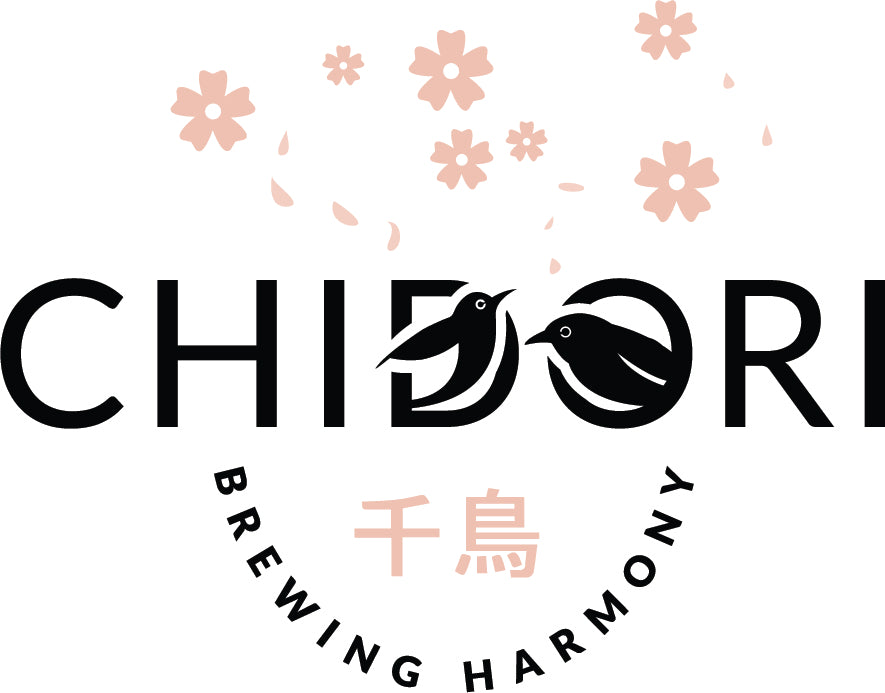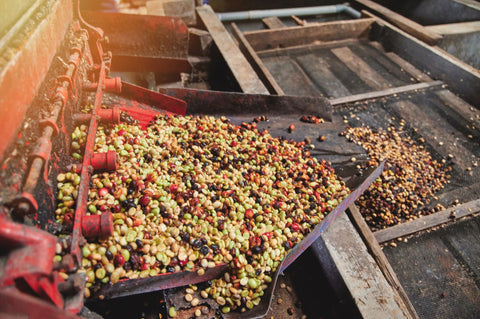Natural (Dry) Process
This process involves harvesting & drying the entire coffee cherry with the seed still inside. In order to achieve this, coffee producers take the cherries & place them on drying beds out in the sun. Throughout the course of 3-6 weeks, the coffee fruit will ferment where the sugar & mucilage (inner layer of the pulp) will latch onto the seeds. Once the coffee is fully dry, a de-pulping machine is used to separate the pulp & skin from the seed. This results in the seed developing a lot of fruit-forward flavor notes as the fruit was intact during the drying process.
Washed (Wet) Process
This method is done in reverse. Once the coffee cherries are harvested, a de-pulping machine is used to remove the seeds before drying them. The selection of each cherry is meticulous as they must have the perfect amount of ripeness before the removal of the exterior. Once the skin & pulp is removed, these seeds are placed into vats where they naturally ferment for about a day. They are then submerged into water where the mucilage stuck to the seed is washed off. This concludes the process as the seeds are placed in the sun to dry. Coffee produced in this manner derives its taste from the bean itself as opposed to the surrounding elements of the coffee cherry/fruit.
Honey Process
This method is a combination of both the natural & washed methods. Not commonly used, this method is more demanding but will produce unique cups of coffee in terms of their flavor profiling. Harvested cherries are not fully de-pulped. They are dried while still containing some exterior elements. There are various classifications of honey process based on the amount of mucilage left on the seed during the drying process - Red, Black, Yellow or White. The mucilage remaining on the seed is where the "Honey" name derives from. These beans tend to have fruit-forward flavor notes, but not as profound as a natural process coffee while also have more sweetness, acidity & complexity as compared to a washed process coffee.
Wet Hulled (Semi-Washed) Process
This method is completely unique & primarily used in Indonesia due to its combination of rain & humidity. A de-pulping machine is used to remove the cherry exterior from the seeds. However, a good amount of mucilage is left in tact & the seeds are stored in plastic tanks to ferment. The mucilage forms a thick barrier around the seed where producers then go through a process called "hulling" to remove it. Once removed, the seeds are laid out to dry but for a shorter period of time. These beans have a distinctive tendency towards earthy flavors with less acidity.


